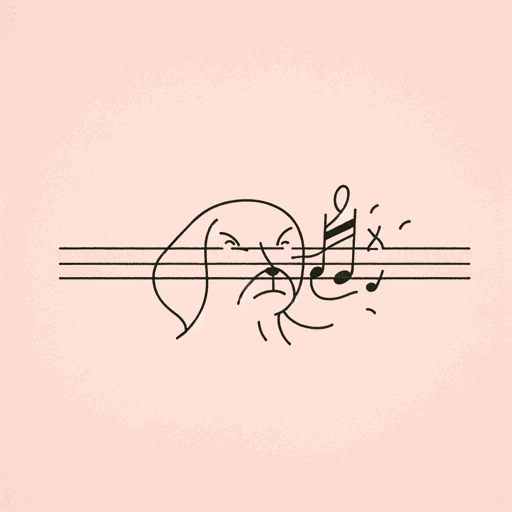33 pages • 1 hour read
Billy CollinsIntroduction to Poetry
Fiction | Poem | Adult | Published in 1988A modern alternative to SparkNotes and CliffsNotes, SuperSummary offers high-quality Study Guides with detailed chapter summaries and analysis of major themes, characters, and more. For select classroom titles, we also provide Teaching Guides with discussion and quiz questions to prompt student engagement.
Literary Devices
Form and Meter
Billy Collins’s “Introduction to Poetry” is a 16-line, free verse poem, meaning that there are no consistent patterns of rhyme, rhythm, or meter throughout the piece. The poem contains seven stanzas, or groupings of lines. Stanzas 3, 4, and 7 are two lines in length, better known as couplets. Stanzas 1, 5, and 6 are three lines in length, called tercets. However, Stanza 2 is only one line in length.
Stanza 2 (or Line 4) stands out because it stands alone, surrounded by a significant amount of white space due to its position on the page. Collins draws attention to Stanza 2 not only because of its singularity, but also because of its metrical features. Stanza 2 is written in iambic tetrameter: a line of poetry that is eight syllables in length, and follows a specific pattern of unstressed and stressed syllables. The four beats, or iambs, fall on every stress: “or press an ear ag-ainst its hive” (Line 4). Collins’s purposeful use of iambic tetrameter makes Stanza 2 both look and sound different than the rest of the poem, heightening readers’ sensory experience as the meter of Line 4 mimics the sound of the figurative bees buzzing in the hive that Collins describes within the poem (see: Poem Analysis).
Related Titles
By Billy Collins








